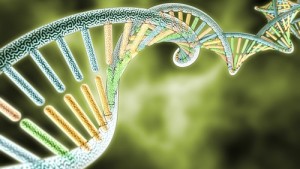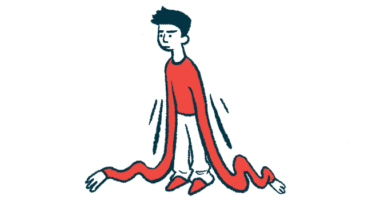C9orf72 Gene Role Analyzed in Spinal Muscular Atrophy

 A recent study entitled “Analysis of the C9orf72 gene in spinal muscular atrophy patients” published in the Amyotrophic Lateral Sclerosis and Frontotemporal Degenerations journal shows no association between a ALS hexanucleotide repeat in the C9orf72 gene with SMA phenotype.
A recent study entitled “Analysis of the C9orf72 gene in spinal muscular atrophy patients” published in the Amyotrophic Lateral Sclerosis and Frontotemporal Degenerations journal shows no association between a ALS hexanucleotide repeat in the C9orf72 gene with SMA phenotype.
Two of the most common motor neuron diseases are Spinal Muscular Atrophy (SMA) and Amyotrophic Lateral Sclerosis (ALS). SMA is caused by mutations in the Smn1 gene (survival of motor neuron 1), coding for SMN1 protein that has a vital role for the survival of motor neurons. A second gene, Smn2, is also found in human individuals. However, due to a process known as alternative splicing, the SMN2 protein is not fully functional when degraded. Thus, SMN2 protein cannot restore the levels of SMN1 in SMA patients.
SMA affects infants and young children, and is the leading cause of death of in children, between genetic disorders. On the contrary, ALS onset occurs in adults, aged 50 years or older. The causes for ALS can be genetic, with inherited defects from parents, but in its majority (approximately 90%), ALS has no known causes. In both diseases, however, the key feature is the loss of spinal motor neurons. As a result, patients lose muscle control and thus can’t move their arms and legs. Ultimately, these patients cannot control muscle chest and die of respiratory failure.
[adrotate group=”3″]
Previous studies have tried to establish a link between the two diseases. In ALS, one of the genetic abnormalities previously found was a hexanucleotide repeat – GGGGCC – in a region of the C9orf72 gene, called intron 1. This repeat associates with a percentage of ALS cases, both familial and sporadic.
In this study, the authors investigated whether the repeat found as a genetic cause in ALS patients could also be associated with SMA. They analyzed if the repeat was associated with the number and phenotype of Smn2 gene copies. They analyzed 162 SMA patients, however, they found no pathological repeats (> 30) or pre mutated alleles (20-30 repeats). Moreover, the distribution of the alleles in the C9orf72 gene were the same between SMA and control groups. Thus, no association was observed between the repeats and the SMA phenotype.
The authors suggest that further investigation devoted to find the genetic link between SMA and ALS is warranted, based on these findings.







